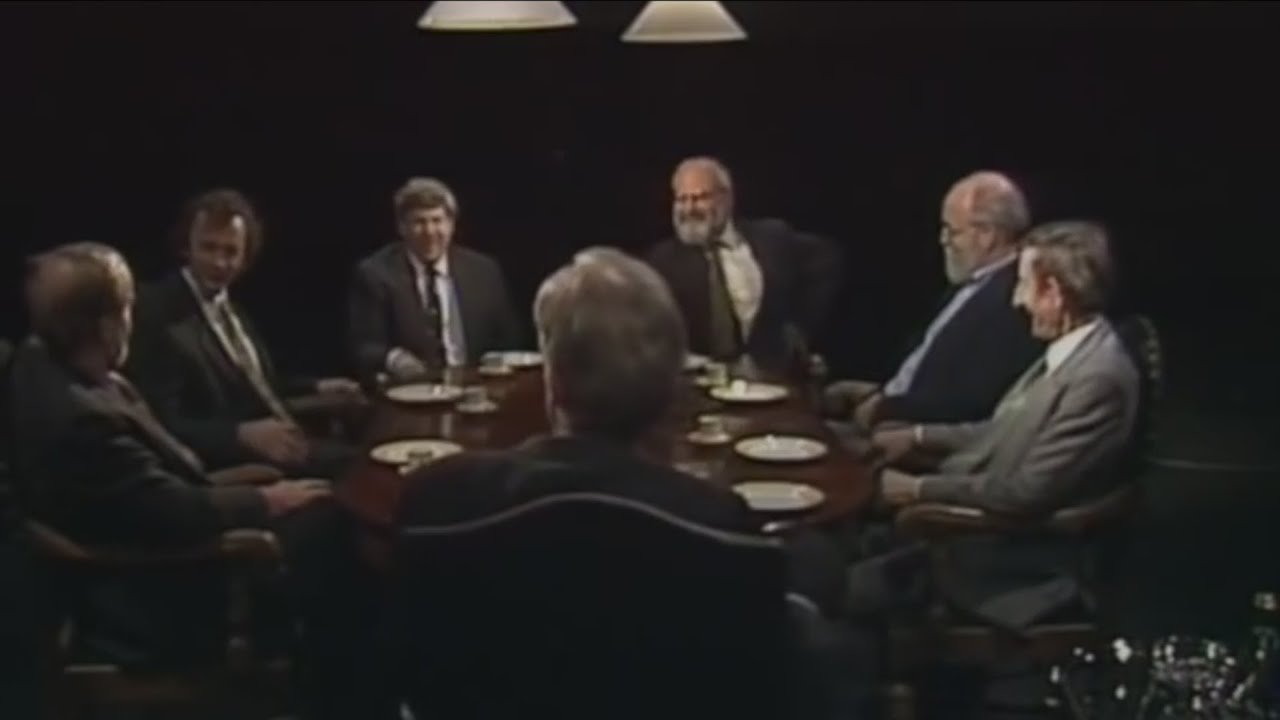TDF
September 16th, 1920. New York City. In the heart of the financial district a horse-drawn wagon pulls up outside the offices of JP Morgan Bank at 23 Wall Street. Hidden in the cart are 100 pounds of dynamite and 500 pounds of cast iron weights. A timer is set. As the driver disappears into the crowd, the bomb detonates.
The explosion is so powerful that it knocks a trolley from its tracks several blocks away. The bombing on Wall Street was the culmination of an ill-fated revolutionary strategy known as “Propaganda by the Deed”.
Fifty years earlier in 1871, a mass uprising occurred in Paris. Two million people established dozens of worker cooperatives, electing delegates to represent them instead of politicians. Everyone, no matter how poor had a say in the running of their society. The experiment which became known as the Paris Commune was brutally crushed. After being overrun by French soldiers, tens of thousands of Parisians were slaughtered. Karl Marx wrote of the violence in Paris:
The civilization and justice of bourgeois order comes out in its lurid light whenever the slaves and drudges of that order rise against their masters. Then this civilization and justice stand forth as undisguised, savagery and lawless revenge.
The Paris Commune was heavily influenced by anarchism and in its aftermath, anarchists throughout Europe were driven underground. The most remained nonviolent, a small number turned to terrorism. Their targets included police chiefs, business leaders, politicians, and royalty. Their goal: to inspire the masses to revolution.
“Propaganda by the Deed” emerged in the United States under similar conditions of mass poverty and state violence. In the late 19th century, working people lived a meager existence of poverty, degradation and toil.
Most were paid subsistence or less than subsistence wages. Safety protections in the workplace were minimal or non-existent. Child labor was rampant. And living conditions were increasingly horrid. When workers tried to organize, they were met with violence. Their oppressors included police, vigilantes, private detectives, and even federal troops.
According to historian Philip Taft, the United States at the turn of the century became home of the bloodiest and most violent labor history of any industrial nation in the world.
The other parts:
Plutocracy I: Political Repression in the USA
Plutocracy II: Solidarity Forever
Plutocracy III: Class War



